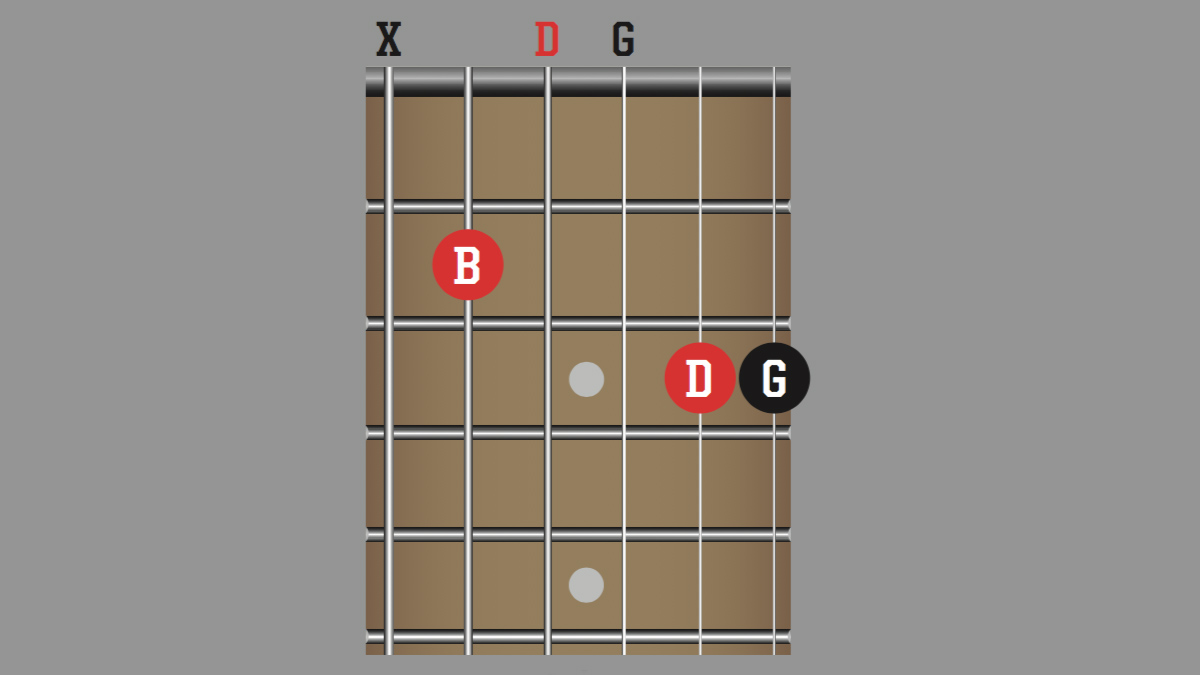Slash guitar chords: what are they, and how to use them
Get creative with some easy new shapes as we explain how to use slash chords

“I’ve heard of slash chords, but what are they?”
It’s a simple idea – they’re chords whose lowest note isn’t the root. The root note in, say, an A chord would be A; in a G chord it would be G, i.e., the root is the note the chord gets its name from. Easy! It’s the same for any kind of chord – Am, Amaj7, A13 or any other kind of ‘A chord’ all have A root notes. Now, to come back to slash chords – if you played an A chord, but with a different note in the bass, then that would be a slash chord. Get it?
“I think so, but I don’t really understand why it’s important.”
Well, it’s important in that it’s a whole other category of chords you can use in creative ways.
“Got it. Can you give me some well-known examples of slash chords?”
Sure! Jimi Hendrix’s Little Wing is a masterclass in slash chords – in fact, much of Jimi’s rhythm style uses them. Van Halen’s Running With The Devil is crammed full of slash chords. For a '90s take on proceedings, have a listen to Reef’s Place Your Hands.
“How do I get started with slash chords?”
All the latest guitar news, interviews, lessons, reviews, deals and more, direct to your inbox!
Take a look at the gallery below where we’re looking at a handful of shapes and covering some essential basics.

1. Open chord: G
You probably already know this open G chord.

Slash chord: G/B
Ditch the low G and the chord becomes G/B – because B is the lowest note.

3. Open chord: Am
Another easy open chord. Surely you know this one!

Slash chord: Am/G
Here we’re adding a G note in the bass. Hence you get Am/G.
“That’s really easy! Surely there’s more to it?”
Well, we’ve shown you the easiest way to understand slash chords – just use any note other than the root in the bass. As you say – simple! There are potentially limitless possibilities, though. Just think how many ‘slash notes’ you could apply to the chords you already know. And every time you learn a new chord, you could be making up even more slash chords – just add or take away a bass note.
“How do I go about using these shapes in some music?”
Take a look at our tab examples below where you’ll find a mix of typical shapes played in a more musical context. The first example is based in the open position so the chords are easy beginner-friendly shapes.
“How shall I tackle the second example?”
Hopefully it’s not too tough to play. For now though, play through the tab slowly and see if you can identify the bass notes. None of the bass notes are root notes of their respective chords – which means they’re slash chords.
Step-by-step changes
G/B and D/F# are the slash chords here. The idea is that these chords offer a step by step move from C to Am and from G to Em.
Higher up the neck
We’re using two powerchord shapes here – with fifth- and fourth-string root notes. Switching between the full shape and just the root note adds shape to the riff.
- These are the best beginner electric guitars
- Explore the best acoustic guitars for beginners
Chris was Editor of Total Guitar magazine from 2020 until its closure in 2024, when he became Lesson Editor for Guitar World, MusicRadar and Guitar Player. Prior to taking over as Editor, he helmed Total Guitar's world-class tab and tuition section for 12 years, helping thousands of guitarists learn how to play the instrument. A former guitar teacher, Chris trained at the Academy of Contemporary Music (ACM) in Guildford, UK, and held a degree in Philosophy & Popular Music. During his career, Chris interviewed guitar legends including Brian May and Jimmy Page, while championing new artists such as Yungblud and Nova Twins. Chris was diagnosed with Stage 4 cancer in April 2024 and died in May 2025.



